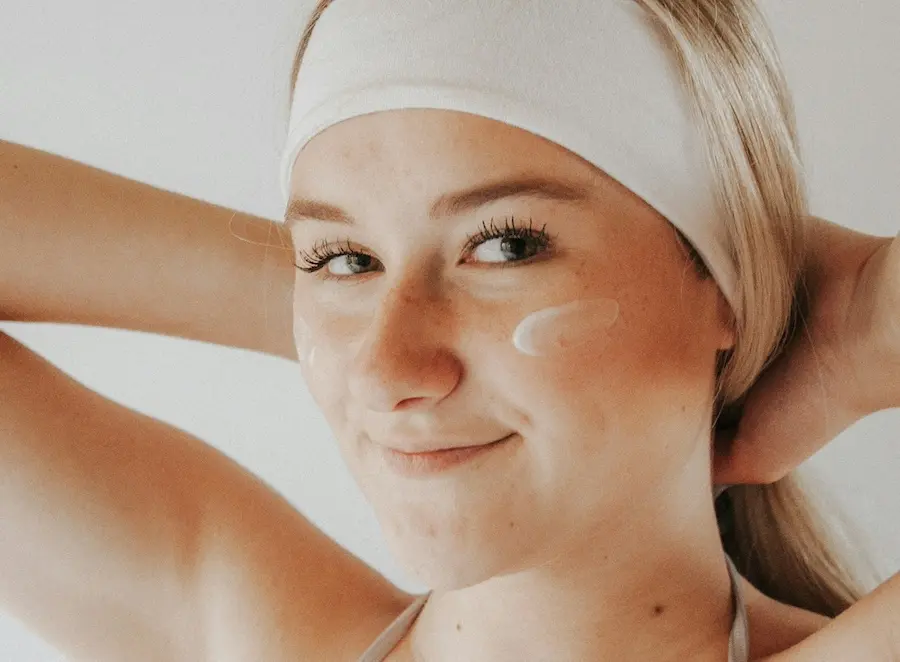As more and more patients decline surgical procedures that require general anesthesia and prolonged recovery time, the search for “more than just a filler” has intensified. While fillers can correct small areas, then use of multiple syringes for an overall facial lift is seen as cost ineffective.
The current alternative, fat grafting, has more longevity, but is seen as a somewhat risky procedure that requires prolonged recovery time.
Another option that can be performed in the office under local anesthesia is nanofat plus a lyophilized allogeneic stromal matrix. This decellularized human derived adipose tissue extracellular matrix is also known as hDAM. The matrix, offered by several companies, has been touted as an injectable that can “induce fat ingrowth”, though to date there is no long term volumetric data proving this theory. A year’s use of the injectable product alone did not produce high patient satisfaction as far as volumetric retention in my practice.
In general, fat transfer produces a broad, soft fill, rather than a defined shape with strong structural definition. Some cases of adipose migration post injection have posed problems including lumpiness in the infraorbital region.
By combining micronized autologous fat with the injectable de-fatted stroma, it may be possible to create a more defined structure with less migration, as the adipocytes are embedded in the framework of the autologous collagen strattice.
Fat is harvested under local anesthesia, and is then micronized using a mechanical filter. The nanofat is then mixed with the stromal product using a transfer device at a 1:20 ratio. Regional blocks are performed. Then the fat/ matrix combination is used to treat depressed or hollow regions that were preoperatively marked. The solution is fine enough that it can be injected intradermally as well as subdermally.
About 20 cc of the processed fat is injected during the treatment. While the cost of this volume of commercial fillers would be prohibitive, the price of the nanofat treatment is surprisingly affordable.
Recovery time is approximately 3-4 days, making a long weekend recovery possible.





